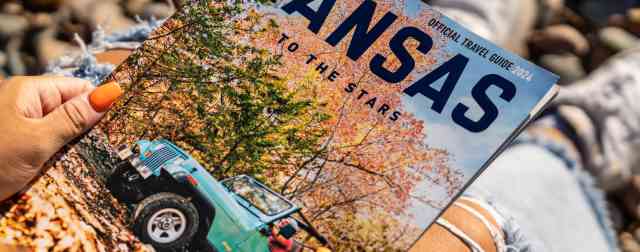 The morning news said schools were closed or delayed. Commutes to work would be long and slow because of the blowing snow.
The morning news said schools were closed or delayed. Commutes to work would be long and slow because of the blowing snow.
Both the wind and the temperature were at 20, with a “you don’t want to know” windchill.
From Neosho Wildlife Area in southeast Kansas, to the Norton Wildlife Area in the northwest, serious fans of Kansas duck hunting headed out into that weather smiling. Bob Snyder and I certainly were.
The 2018 Kansas duck season has already been one to remember in central Kansas. Early fall rains, cold and snow up north, had hunters at Cheyenne Bottoms covered in ducks from opening day on. Flooded low spots in grain fields through the region offered perfect habitat.
And then, the snow and wind of Veteran’s Day.

Any waterfowl hunter worth thick wool socks knew the front that brought the weather probably brought even more birds from the north. Gusting winds would make migrating, and local, ducks look for places to rest. Snow and sleet stinging their faces would also urge the birds to land soon.
Our spread was about three dozen floating duck decoys, and a dozen of Canada geese They were in knee-deep water on the lee side of a dike on a wetland Bob manages near the Quivira National Wildlife Refuge.
We knew the morning would be special as soon as there was enough light to see silhouettes against the heavily clouded skies. Single ducks and flocks of a dozen or more flew in fast with the wind at their backs, turned into the gale and dropped into the decoys.

Cade, my Lab, whined quietly, eyes locked on birds, as we awaited legal shooting time which eventually came.
A mallard drake on Bob’s side of the blind was the first to fall. We each took a drake from a pair hovering over the decoys straight out from the blind.
I somehow hit two teal zipping fast over the decoys. Bob added a pintail drake, its name-sake tail trailing four inches behind the rest of the bird. We added some gadwalls and a widgeon to the mix.
All fetches were easy for Cade, except for a mallard drake of mine that took some crashing through the shallows and patience as the duck repeatedly dove beneath the surface.

With six ducks already on my side of the blind I watched as Bob picked his final two ducks to also fill his limit with ease. A check of his watch showed the duck had lasted 20 minutes.
We agreed to stay. Part of the reason was to wait for a chance at some geese. We also wanted to watch the show as ducks continued to work the decoys. The 200
yard walk to and from my pick up to get my cameras reminded me of the cold and the wind.
Switching between cameras with regular and telephoto lenses provided a variety of opportunities and over 200 images.

A flock of Canada geese eventually came and we shot three. A lot of ducks, and a few geese, were still working the pond as we gathered decoys and headed for a late breakfast at the Oasis in Sylvia.
Driving to town I heard disc jockeys on a country station complaining about the cold and the snow.
Personally, I couldn’t have been happier



